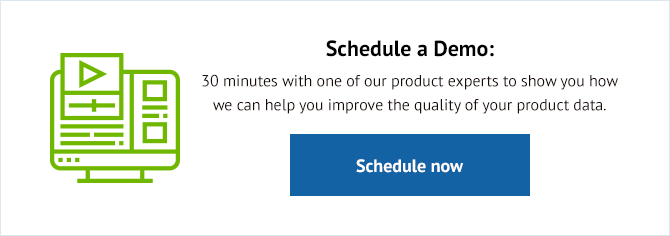With more than 168 million active buyers currently using eBay merchants are more than ever interested in taking a stab at selling on eBay.
As with every marketplace and shopping channel getting the listings right is always a bit of a challenge, but we are here to help.
The product title is arguably the most important part of an eBay product listing.
eBay product titles are also important outside the eBay platform as search engines use them to decide where to include your product on a user's search results page.
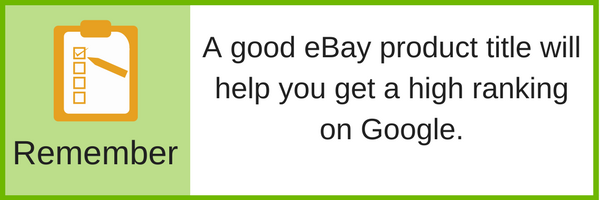
This means you must optimise your product titles to maximise the performance of your listings on eBay. If you have multiple listings, a data feed tool will help you achieve this optimisation, but what are the specific things you should do?
Click the links to go directly to a specific section:
eBay Title Requirements
eBay Title Best Practices
Top Mistakes to Avoid when Writing eBay Titles
eBay Product Title Examples: What to do and What not to Do
eBay Title Requirements - Stay Within eBay's Rules
The first thing is to make sure you adhere to eBay's guidelines when updating the titles in your data feed prior to submission.
Here are the main points you need to verify your titles against:
- The title should be 80 characters or less;
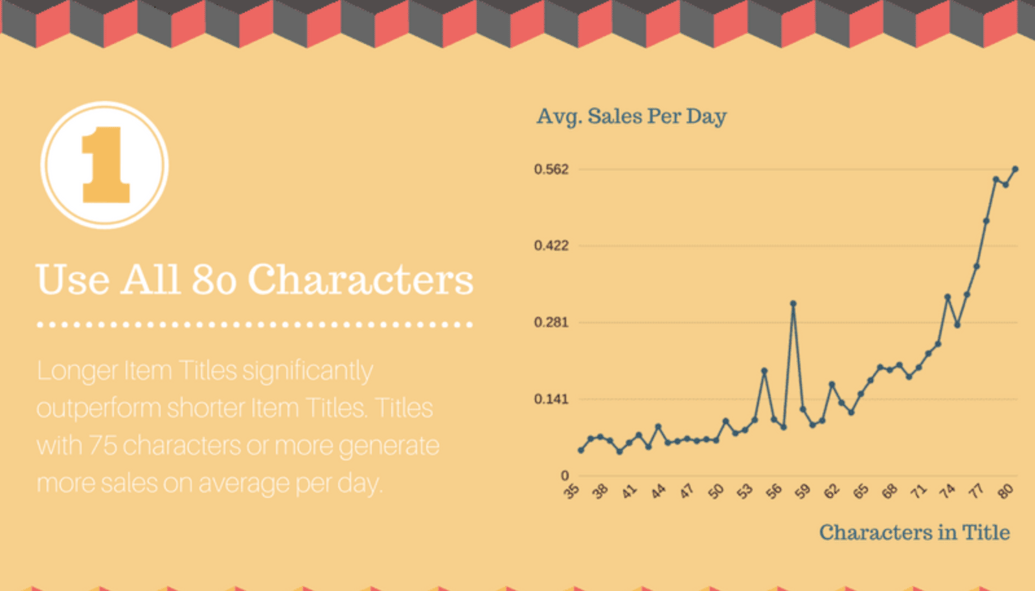 Source: Title Builder
Source: Title Builder
- You should make the title unique;
- You should include all the top features of the product in the title;
- The title should be well written. This means ensuring there are no spelling mistakes. Also, don't use abbreviations in place of words;
- Don't use all-caps unless it is part of the product’s name. Also, you shouldn't use bold formatting, unnecessary spaces between letters or words, or any other special formatting;
- Don't include any unnecessary characters. Exclamation marks are a good example. Also, eBay specifically highlights the plus sign (+), saying you should only include it in product titles if it is part of the product's name or is essential data;
- Don't add any HTML to the title;
- Do not include prices, conditions of sale, or promotional text;
- You can only include one variation of the product in the title;
- Do not include keywords in the title that have no relevance to the product;
- Only use plurals when necessary;
- Avoid using words in a foreign language unless they are part of the product's name;
- Make sure the title is legal and doesn't contain prohibited words;
- Make sure there is no misleading or false information in the title. This covers superlative adjectives too. For example, you can't say a product is a best seller unless the product has received a best-seller award;
- Don't include contact information such as phone numbers or email addresses.
You should note that many of the requirements stipulated by eBay above can also be described as best practices. For example, checking the spelling of words and making the title easy to read will help optimise your product titles as well as staying within the guidelines.
eBay also publishes additional requirements for titles when the product is a bundle or multipack. The starting point for these requirements is you should only include multi-pack or bundle products in your eBay product listings that come from the manufacturer.
The additional requirements for bundles and multi-packs are:
- The title must include the main product and all the main items. This mostly applies to bundle products.
- The title should not, however, include accessories in the bundle that are non-essential.
- Multi-pack titles should include information about the size of the pack in the title.
Optimising eBay Product Titles - Best Practices
Optimising product titles on your eBay data feed is about much more than adhering to the eBay guidelines.
Objectives when writing eBay product titles
- Making sure you stay within eBay's rules
- Encouraging users to click on your product when they do a search on eBay
- Getting your eBay product listings to rank as high as possible in Google and other search engines
The requirements section above addresses the first of the three objectives. Below are some best practice tips that will help you with the other two:
- Try to include three elements in your title – product name, features, and key selling points (or main benefits).
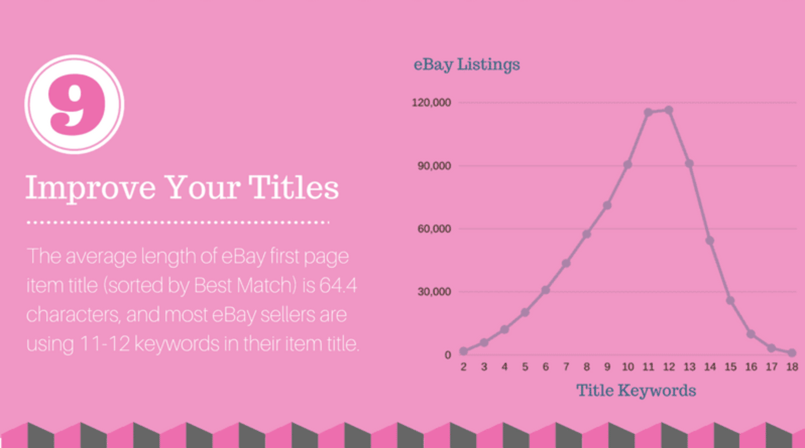
Source: Title Builder
- Always write your product titles for people.
- Longer titles get more sales so make sure you use as many of the 80 characters you have available as possible.
- If you need more than 80 characters for your titles, consider using subtitles. Your listings will cost more, but you get an additional 55 characters.
- Put the main keyword at the start of the title. This is usually the product's official name.
- On most words, capitalise the first letter as it makes the title easier to read.
- All-caps power words that will get the reader's attention.
- Use everyday vocabulary to help make the title easier to read.
- Build trust with the reader with words like "Genuine" and "Official".
Download our Omni-Channel eBook to learn more about:
- Which channels can increase your online sales
- Different shopping channel business models and which one works best for you?
- Analysis of the top 10 online shopping websites
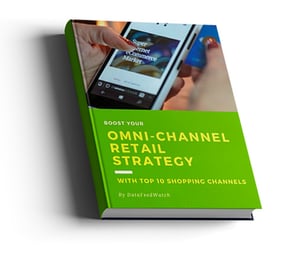
Top 6 Mistakes to Avoid When Writing eBay Titles
Mistakes are costly and slow down your efforts. How can you prevent your listings from being disapproved on eBay?
1. Writing titles for search engines.
This includes keyword stuffing, including irrelevant keywords, and writing titles that make no sense to people in an attempt to include certain keywords. Always remember the title is not the only thing that eBay uses to rank your products when users search. Another key factor is click through rate. So, always write for people.
2. Using all-caps for all words and going overboard with special characters, e.g. "!!!" or "****".
It appears like you are shouting at users when you capitalise all the letters in your product title, while using special characters to emphasise elements of the title looks spammy.
3. Including words or phrases that users won't understand.
Examples include words in a different language, abbreviations, acronyms, unnecessary technical jargon, pop culture references, or slang.
4. Using superfluous buzzwords like "wow" or "fantastic".
These can make your listing look spammy, they add little value to the reader, and take up vital space in the product title.
5. Spelling words incorrectly.
This simply gifts sales to your competitors as your products won't appear in searches while theirs will.
6. Take care not to mislead users about the brand of the product, either intentionally or unintentionally.
This usually applies when you have a product made by a third-party, but which can be used with a branded product. For example, you can only say “Samsung Galaxy Charger” if the charger is made by Samsung. If it isn’t, you should use a different product title such as “Charger Compatible with Samsung Galaxy”.
eBay Product Title Examples - What to do and What not to do
Let's take a quick look below at some good and bad listing examples and see what learnings we can draw from it.
Dyson Vacuum Cleaner - The Good

- Descriptive
- Good capitalisation
- Includes main keyword at the start (Dyson V8 Total Clean)
- Includes feature (cordless vacuum)
- Includes a selling point (1-year guarantee)
3D Virtual Reality - The Bad

- No capitalisation
- Hard to read
- Written for search engines
- Too short
Nintendo Switch - The Good

- Descriptive
- Includes main keyword at the start
- Includes crucial selling points
Jewelry - The Bad

- Every letter is capitalised, so it appears the seller is shouting
- Keyword stuffed
- Hard to read
- Written for search engines
- Swarovski is spelled wrong
Conclusion
Titles make your listings more effective on the eBay platform as good titles make your products easier to find. They also encourage users to click while bad titles will do the opposite.
It takes time and care to ensure you firstly get your eBay product titles right and, secondly, to optimise them. The results will pay off, however, as you will get more sales.
Get inspirated to sell better on eBay from previous posts:
- All about eBay Images
- How to sell on eBay in DataFeedWatch
- All You Need to Know About the eBay VeRO Program
Grow Your eCommerce Store by Expanding to New Channels:
- Sell with Awin - Beginner's Guide
- Sell on Bol - Beginner's Guide
- Sell on Idealo - Beginner's Guide
- Sell on Criteo - Beginner's Guide
- Sell on Amazon - Beginner's Guide
- Selling with Rakuten: The Ultimate Marketplace Guide
- How to sell on Kogan AU: A Step by Step Guide
- How to Sell on OnBuy - Marketplace Guide
- Sell with Facebook Dynamic Ads for Retail - Beginner's Guide
- A Guide to Successful Selling on the Bonanza Marketplace
